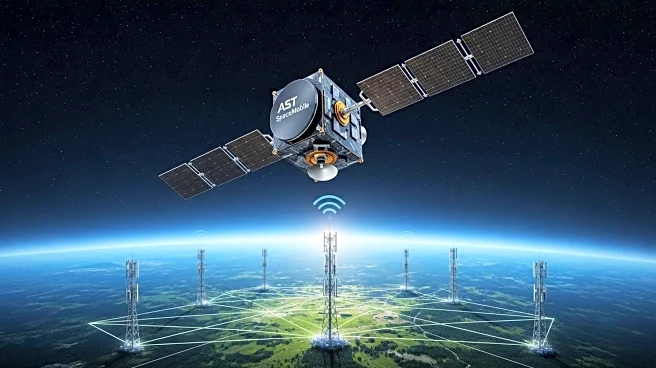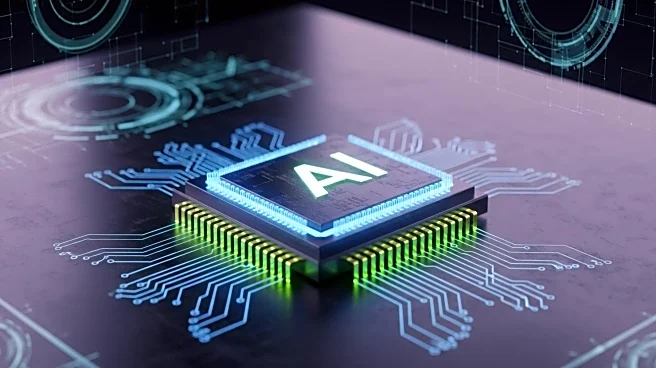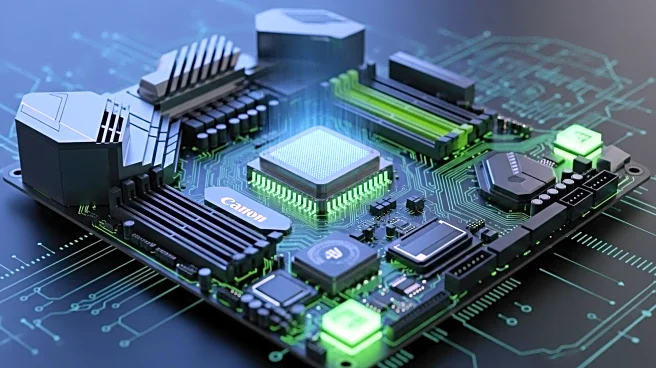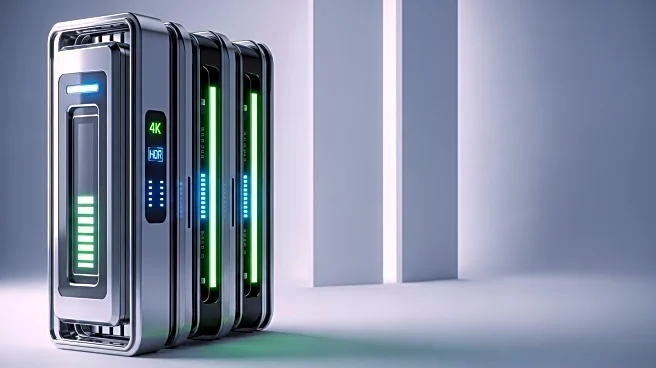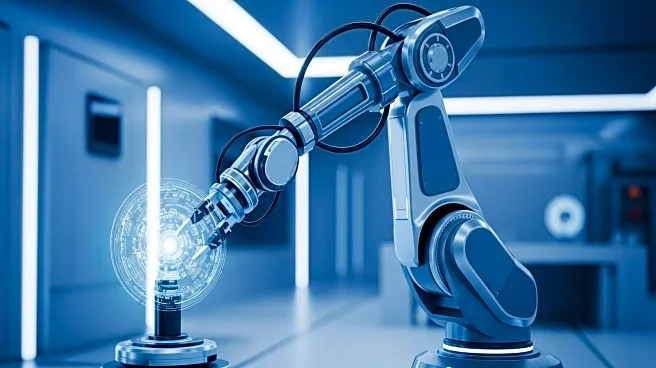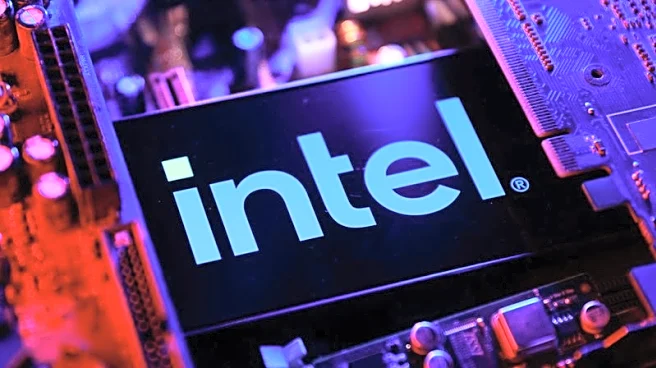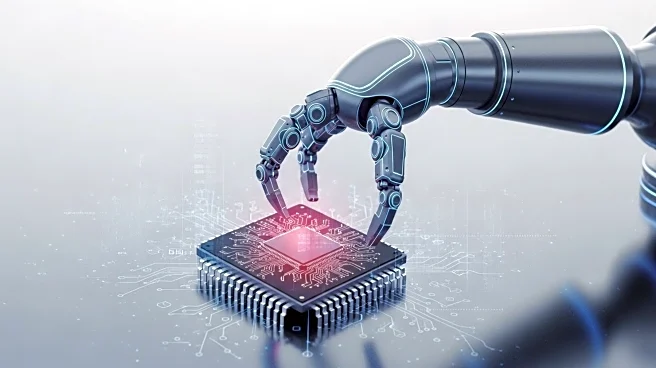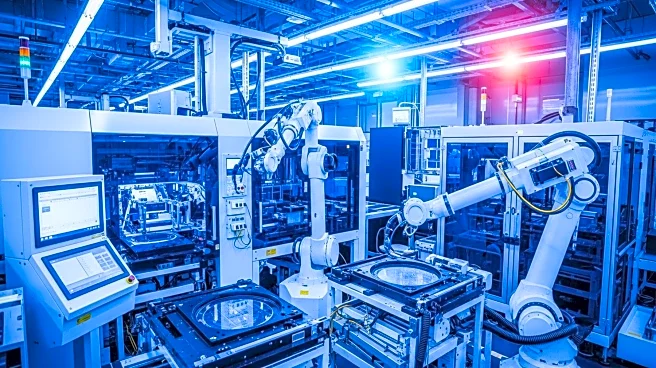What is the story about?
What's Happening?
Intel Corporation has unveiled architectural details for its Intel Core Ultra Series 3, known as Panther Lake, which extends its edge applications to include robotics. The company has developed a new Intel Robotics AI software suite and reference board, enabling customers to innovate and develop cost-effective robots using Panther Lake for controls, AI, and perception. Intel plans to ramp up high-volume production of Panther Lake this year, with the first SKU expected to ship before the end of the year and broad market availability starting January 2026. Panther Lake is built on Intel 18A, the most advanced semiconductor process developed and manufactured in the U.S., offering scalable, multi-chiplet architecture for flexibility across form factors, segments, and price points. Intel's CEO, Lip-Bu Tan, emphasized the significance of these advancements in shaping the future of computing and innovation across Intel's business.
Why It's Important?
The expansion of Panther Lake processor applications to robotics signifies a major leap in semiconductor technology, potentially transforming the robotics industry by providing enhanced AI capabilities. This development is crucial for U.S. industries as it strengthens domestic manufacturing and innovation, aligning with national priorities. Intel's investment in U.S. manufacturing, including its Fab 52 facility in Chandler, Arizona, supports strategic capacity for Intel Foundry customers and contributes to the country's technological leadership. The advancements in semiconductor technology could lead to increased efficiency and performance in various sectors, including data centers, cloud providers, and telecommunications, thereby reducing energy costs and powering more intelligent services.
What's Next?
Intel plans to continue its investment in U.S. manufacturing, with Fab 52 being part of a $100 billion expansion of its domestic operations. The company is set to launch its first Intel 18A-based server processor, Clearwater Forest, in the first half of 2026. This processor, tailored for hyperscale data centers, cloud providers, and telcos, promises considerable gains in density, throughput, and power efficiency. As Intel ramps up production and expands its operations, stakeholders in the technology and robotics sectors may anticipate further innovations and collaborations, potentially leading to new market opportunities and advancements in AI-driven robotics.
Beyond the Headlines
Intel's advancements in semiconductor technology, particularly with the Panther Lake processor, could have long-term implications for the U.S. technology sector. The focus on domestic manufacturing and innovation may bolster the country's competitive edge in global technology markets. Additionally, the integration of AI capabilities into robotics could lead to ethical considerations regarding automation and workforce displacement. As AI-driven technologies become more prevalent, discussions around regulatory frameworks and ethical guidelines may emerge to address potential societal impacts.
AI Generated Content
Do you find this article useful?


